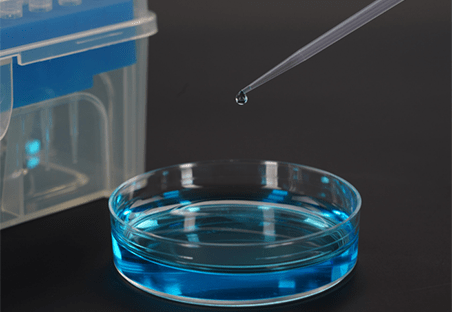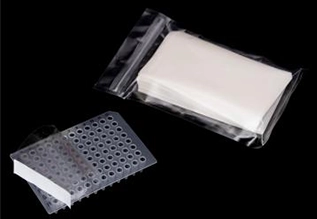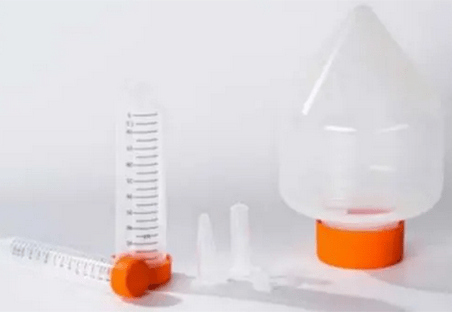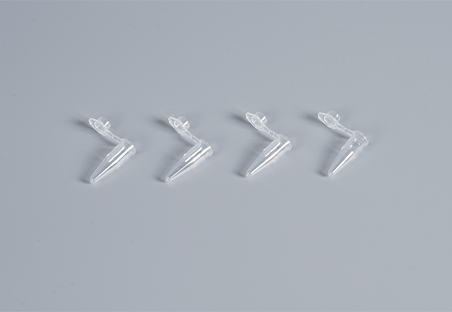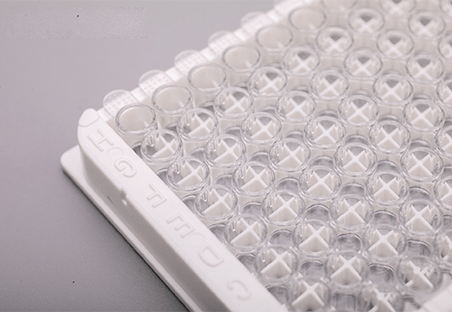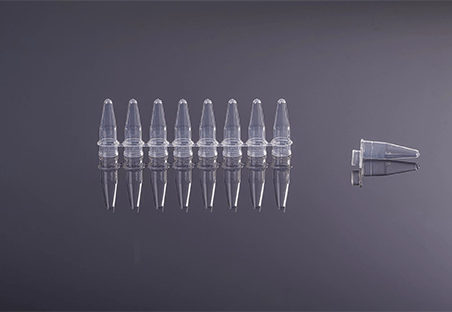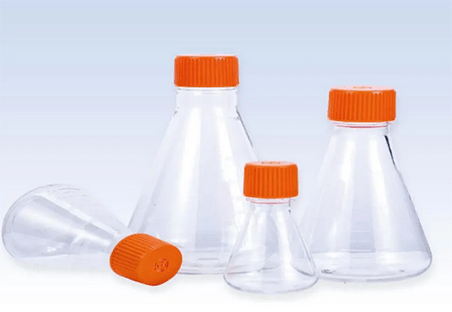Cell culture is a fundamental technique in biological and medical research, allowing scientists to grow and maintain cells in a controlled environment outside their natural setting. This technique is vital for various applications, including drug development, cancer research, and the production of vaccines and therapeutic proteins. The success of cell culture experiments hinges on the use of high-quality consumables, which ensure that cells remain healthy and that experimental outcomes are reliable. This article will explore the key consumables needed at each stage of the cell culture process and offer tips on selecting the right consumables for your research.
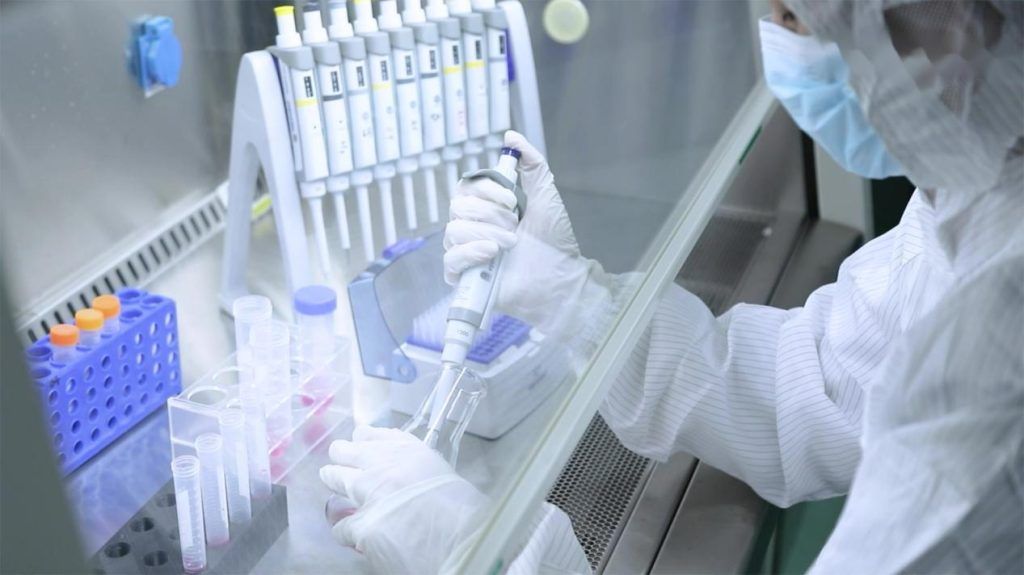
What is the Cell Culture Process and the Consumables Needed in Each Process?
The cell culture process consists of several stages, each requiring specific consumables to ensure optimal cell growth, maintenance, and experimentation. Below, we’ll break down each stage and the essential consumables needed.
1. Cell Isolation
The first step in the cell culture process is the isolation of cells from tissues or organisms. Cells can be derived from primary sources, such as tissues directly taken from an organism, or from established cell lines that have been previously cultured.
Consumables for Cell Isolation:
- Tissue Culture Flasks: Used to grow and maintain cells in a sterile environment. These flasks are available in various sizes and surfaces to suit different cell types.
- Enzymes (Trypsin, Collagenase): Essential for dissociating cells from tissues. Trypsin breaks down proteins to release adherent cells, while collagenase helps in breaking down collagen in connective tissues.
- Centrifuge Tubes: Used for collecting and washing cells after isolation. These tubes must be sterile and made from materials that prevent cell adhesion to the tube walls.
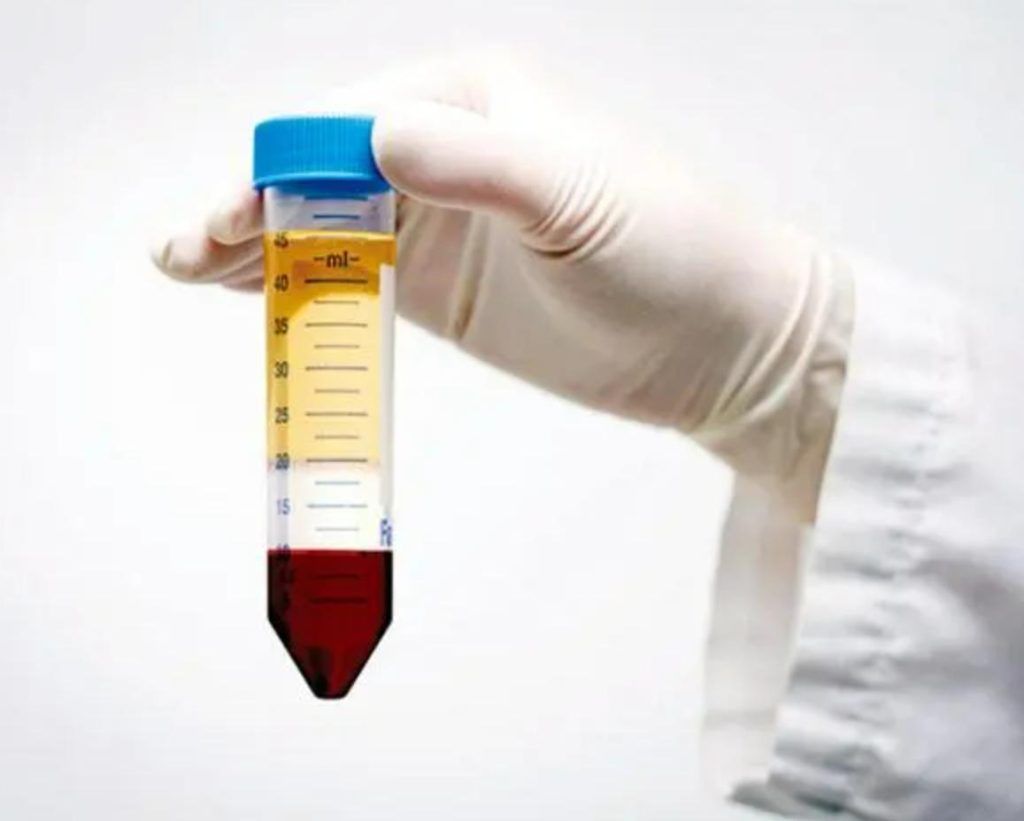
2. Cell Seeding and Culturing
Once cells are isolated, they are seeded into culture vessels with an appropriate growth medium. This stage involves creating an environment where cells can adhere, proliferate, and thrive.
Consumables for Cell Seeding and Culturing:
- Culture Medium: A nutrient-rich liquid that provides essential nutrients, growth factors, and hormones necessary for cell survival and proliferation. The choice of medium varies depending on the cell type.
- Culture Vessels (Flasks, Petri Dishes, Multiwell Plates): These vessels are where cells are cultured. The choice of vessel depends on the scale of the culture and the type of experiment being conducted.
- Pipettes and Pipette Tips: Precision tools for transferring cells and culture media. Sterility and accuracy are crucial to avoid contamination and ensure consistent cell seeding.
- CO2 Incubator: Although not a consumable, the CO2 incubator is critical equipment that maintains the optimal temperature, humidity, and gas composition (usually 5% CO2) for cell growth.
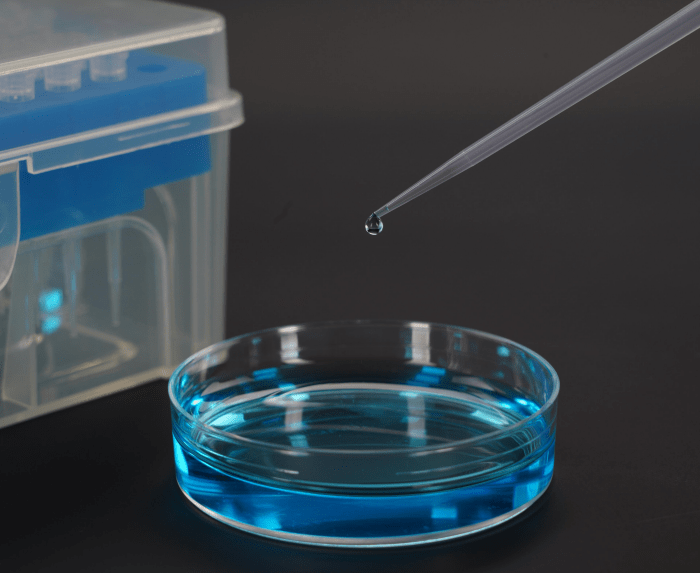
3. Cell Maintenance
Cells require regular monitoring and feeding with fresh culture medium to maintain their growth and viability. Cell maintenance is a continuous process that ensures the health of the culture over time.
Consumables for Cell Maintenance:
- Growth Medium: A continuous supply of fresh medium is necessary to replenish nutrients and remove waste products that accumulate during cell growth.
- Serum (e.g., Fetal Bovine Serum, FBS): A common additive to culture media, serum provides additional growth factors and proteins that promote cell proliferation.
- Sterile Filters: Used to filter the culture medium and other liquids to remove contaminants such as bacteria and fungi, ensuring that cells are not exposed to harmful agents.
- Hemocytometer or Cell Counter: Tools used to measure cell density and viability. Accurate cell counting is essential for maintaining optimal cell growth conditions and for planning subculturing.
4. Cell Passaging (Subculturing)
When cells reach confluency (where they cover the entire surface of the culture vessel), they must be subcultured to prevent overcrowding and to maintain their growth rate. This process involves transferring cells to new vessels with fresh medium.
Consumables for Cell Passaging:
- Trypsin/EDTA: Enzymes used to detach adherent cells from the surface of the culture vessel. Trypsin breaks down cell adhesion proteins, while EDTA chelates calcium ions to enhance detachment.
- Centrifuge and Centrifuge Tubes: After detachment, cells are collected by centrifugation. Centrifuge tubes must be sterile and designed to withstand high speeds.
- Fresh Culture Medium and New Vessels: Fresh medium is required to support cells in their new environment, and new culture vessels are necessary to prevent contamination and maintain cell health.

5. Cell Cryopreservation
To preserve cells for future use, they are often frozen at ultra-low temperatures. Cryopreservation ensures that cell lines can be stored long-term without losing viability.
Consumables for Cell Cryopreservation:
- Cryovials: Special vials used for storing cells at low temperatures. They must be airtight and made of materials that can withstand freezing.
- Cryoprotective Agents (e.g., DMSO): Chemicals used to protect cells from ice crystal formation during the freezing process. Dimethyl sulfoxide (DMSO) is commonly used as it prevents cell damage during freezing and thawing.
- Liquid Nitrogen Freezer or -80°C Freezer: Essential equipment for storing cryopreserved cells. While not a consumable, these freezers are crucial for maintaining the integrity of stored cell lines.
6. Cell Analysis
Regular analysis of cultured cells is essential to assess their health, behavior, and response to experimental conditions. Various techniques and tools are used to monitor cell growth, viability, and function.
Consumables for Cell Analysis:
- Microscope and Slides: Basic tools for observing cell morphology and behavior. Glass slides and coverslips are used for preparing samples for microscopic examination.
- Staining Kits (e.g., Trypan Blue): Dyes used to assess cell viability. Trypan Blue, for example, selectively stains dead cells, allowing researchers to distinguish between live and dead cells.
- Flow Cytometry Tubes: Specialized tubes used in flow cytometry, a technique for analyzing the physical and chemical characteristics of cells. These tubes must be sterile and compatible with the flow cytometer.
- PCR Plates and Reagents: Used for genetic analysis of cultured cells. Polymerase Chain Reaction (PCR) plates are essential for amplifying DNA, and reagents must be of high purity to ensure accurate results.
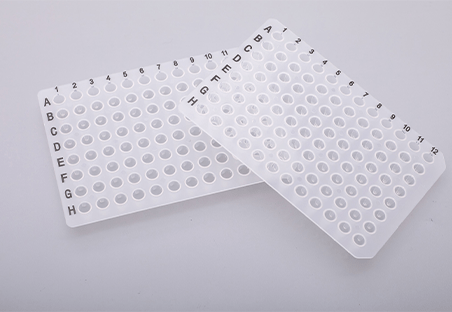
Tips for Choosing the Right Cell Culture Consumables
Selecting the right consumables for cell culture is critical to the success of your experiments. Here are some tips to help you make informed choices:
- Understand Your Cell Type: Different cell types have specific requirements for media, vessels, and supplements. Ensure that the consumables you choose are tailored to the specific needs of your cells.
- Prioritize Sterility: Contamination can ruin cell cultures. Always use sterile consumables and work in a clean environment to minimize the risk of introducing contaminants.
- Quality Matters: Invest in high-quality consumables from reputable suppliers. Cheaper alternatives may compromise the integrity of your experiments.
- Consider Scale: Choose consumables that match the scale of your experiment. For large-scale cultures, opt for larger flasks and multiwell plates. For small-scale experiments, use appropriate-sized vessels to avoid waste.
- Storage and Shelf Life: Be aware of the storage requirements and shelf life of consumables, especially media and reagents. Proper storage ensures that consumables remain effective over time.
- Batch Consistency: For critical experiments, ensure that consumables like media and sera are consistent across batches. Variations between batches can lead to inconsistent results.
Conclusion
The cell culture process is a meticulous and precise procedure that requires the right set of consumables at each stage to ensure successful outcomes. From cell isolation to analysis, each step involves specific tools and materials that must be chosen carefully. If you need help for the consumables chooosing, please feel free to contact our experts, believe they will not let you down.
